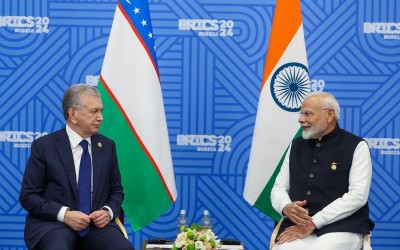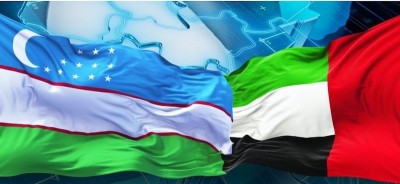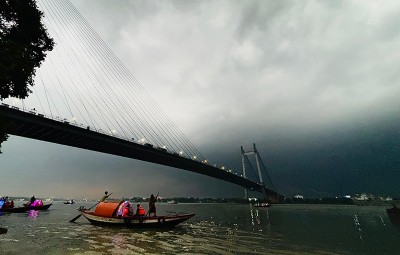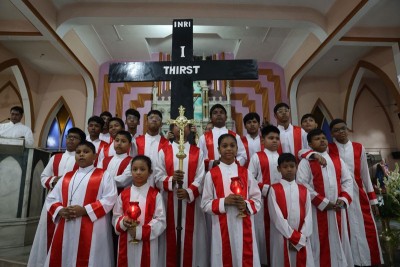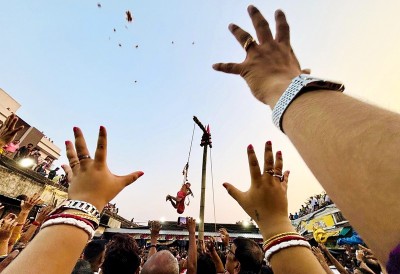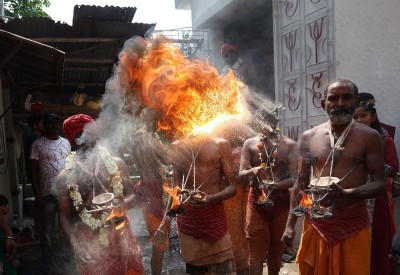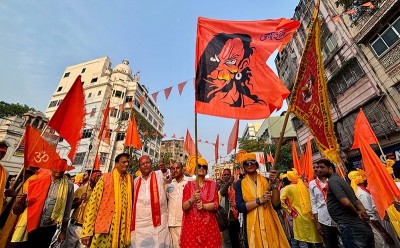Hindu American Foundation condemns Western media for ‘whitewashing’ Kashmir terror attack
- Pain and tears overwhelm Pahalgam victim kins as mortal remains reach homes for final goodbyes
- 'The only difference is...': Former US official compares Pak Army chief Asim Munir to Osama ...
- Centre to hold all-party meet on Pahalgam terror attack today
- India cricket coach Gautam Gambhir receives death threat from 'ISIS Kashmir'
- Hindu professor escaped death in Pahalgam terror attack by chanting Islamic verse
India will identify and punish every terrorist from the end of earth: PM Modi on Pahalgam attack
The terrorists and their backers will pay unimaginable costs for the attack on innocent tourists in Kashmir's Pahalgam, said Prime Minister Narendra Modi on Thursday.
Shah Rukh Khan, Alia Bhatt, Allu Arjun, others condemn Pahalgam terror attack
Mumbai/IBNS: India's top film personalities including superstars Shah Rukh Khan, Alia Bhatt, Allu Arjun, Katrina Kaif condemned the killing of over two dozen Hindu tourists by militants in one of ... Full Article
Boult, Rohit shine in Mumbai Indians' commanding win over Sunrisers Hyderabad
Hyderabad/IBNS: Mumbai Indians (MI) registered a fourth consecutive victory to move into third place on the Indian Premier League (IPL) 2025 points table with a commanding seven-wicket victory over ... Full Article
New study shows gut microbes release Cancer-fighting bile acids that block hormone signals
Bacteria naturally present in the human intestine, known as the gut microbiota, can transform cholesterol-derived bile acids into powerful metabolites that strengthen anti-cancer immunity by blocking ... Full Article
Best Online Coaching for CAT 2025 in India
Common Admission Test (CAT) is one of the competitive entrance tests for management aspirants in India. It is a gateway to several prestigious management institutes like IIMS and top B-schools like ... Full Article
- Sam Altman says ChatGPT politeness costs ‘tens of millions’ — but worth it
- YouTube Music adds a feature that makes liking music easier
- Of Paris, a chronic pain and a pivotal friendship: Frida Kahlo meets Mary Reynolds at the Art Institute of Chicago
- Mimi Chakraborty unveils Tanishq's new collection on Poila Boishakh
- Justice will be done, says FBI chief Kash Patel after Happy Passia's ...
- US President Donald Trump, Melania to attend Pope Francis' funeral
- Vladimir Putin says Russia is 'open to any peace talks' with ...
- Hindu Temple vandalised in Canada with pro-Khalistan graffiti
- Trump says US will 'take a pass' on Russia-Ukraine peace talks ...
- Canada: 21-year-old Indian student dies after stray bullet hits ...
- Tech entrepreneur Elon Musk asks cryptocurrency influencer Tiffany ...
- American national attempts to hijack plane, co-passenger fatally ...
- 'The only difference is...': Former US official compares Pak ...
- Asia-based criminal network cons Thai woman in US out of $300,000
- Hunger stalks Ethiopia as UN aid agency halts support amid funding ...
- Vatican reveals cause of Pope Francis' death
- Pope Francis dies at 88, world leaders mourn
- Pope Francis, first Latin-American head of Catholic church, dies ...
- Yemen: Houthis claim latest US airstrikes in Sanaa leave 12 ...
- Ukrainian President Zelenskyy claims Russian attacks are ongoing ...
- We strongly condemn this heinous act, says Bangladesh interim ...
- We resolutely oppose all forms of terrorism, says Chinese official ...
- China: Man executed for stabbing Japanese school boy to death
- Bangladesh: Local Awami League leaders organise flash procession ...
- Canada: Gurdwara vandalised with pro-Khalistani graffiti in Vancouver
- Thailand authorities arrest Chinese national over Bangkok skyscraper ...
- Hindu Minister Kheeal Das Kohistani attacked by unknown miscreants ...
- Bangladesh requests Interpol red notice for ousted former PM ...
- NTPC Green Energy awards 378 MW wind project to Suzlon
- BluSmart’s abrupt shutdown hits Tata, Citroën hard
- LG Electronics pauses India IPO plans amid market volatility
- 'Carefully figuring right time to enter Indian market': Tesla says, citing high import tariff concerns
- Gold price hits historic Rs 1 lakh milestone
- JSW Energy starts construction of ultra supercritical thermal power plant in Bengal's Salboni, Mamata lays foundation stone
- India must create 8–10 million jobs annually: PM’s Principal Secretary P K Mishra
- India’s automobile exports jump 19% in FY25, cross 53 lakh units on robust global demand
- WHO reaches major accord to tackle future pandemics
- UN chief Antonio Guterres calls for greater equality and inclusion as world marks Autism Awareness Day
- Health workers call for cleaner air to reduce pollution deaths, halve its deadly impacts by 2040
- Indo-British Scholars Association hosts 'Celebrating Life with Cancer Survivors' for Tata Medical Center patients in Kolkata
- New Delhi: AIIMS to install first indigenously-developed magnetic resonance imaging machine in October
- Indo-British Scholars Association hosts 'Celebrating Life with Cancer Survivors' for Tata Medical Center patients in Kolkata
- West Bengal: Indian Army conducts eye surgical camp at 158 Base Hospital in Bagdogra, 350 cataract surgeries performed
- Detect Early, Protect Kidney Health
- Climate crisis driving surge in gender-based violence, UN report finds
- Turkey: Magnitude 6.2 earthquake shakes Istanbul, no casualties
- UN says 125,000 truckloads of debris need to be removed in earthquake-ravaged Myanmar
- IMD predicts India will experience above-normal Monsoon rainfall this year
- Singing sensation Katy Perry, five other women complete their historic 11-minute tour to space
- American singing sensation Katy Perry among five all-women crew members to fly into space in Blue Origin rocket today
- Magnitude 5 earthquake hits Pakistan, tremors felt in Jammu and Kashmir
- 15 flights diverted, many delayed as dust storm hits Delhi, Haryana
A CGH Earth’s reimagined village in Kerala's Thekkady that’s not just a stay but a soulful experience is deeply rooted in local culture, community and nature. Meenakshi J writes Full Article





